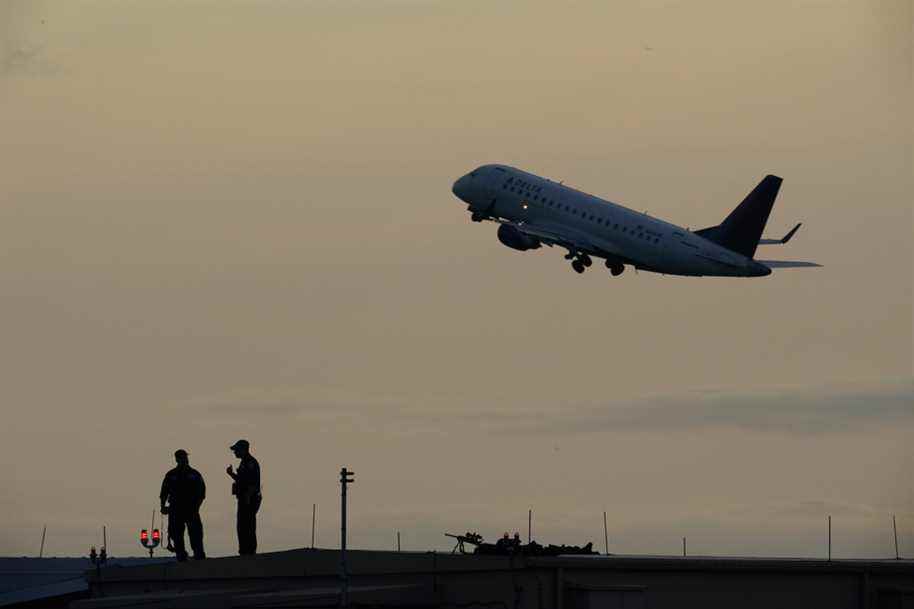(New York) US airlines warned on Wednesday that the restrictions recently adopted by the US Aviation Agency (FAA) on the deployment of 5G could cost passengers up to $ 1.59 billion a year and called on the authorities to quickly find a solution.
This is “our main concern in the short term,” Southwest Airlines boss Gary Kelly said during a hearing on airlines in the Senate.
“This is potentially the most important and most damaging problem we are facing right now,” said his counterpart at United Airlines, Scott Kirby.
The FAA is concerned about potential interference issues between altitude-measuring devices on airplanes and the new frequency bands for the 5G network that phone carriers Verizon and AT&T are scheduled to roll out on January 5.
As a result, last week, it issued new guidelines limiting the use of these devices in certain situations.
In a report Wednesday, the federation representing airlines in the United States estimates that these new rules, if they had been implemented before the pandemic in 2019, would have affected around 345,000 passenger flights, 32 million passengers and 5,400 flights. of goods, causing delays, diversions or cancellations.
This lost time would have represented approximately 1.59 billion dollars per year for the passengers, affirms this federation, Airlines for America.
For Delta Director of Operations John Laughter, “concerns for safety on planes are real.”
“But there are solutions. We saw it in other countries at the time of the deployment of 5G ”, he assured during the hearing in Congress.
On behalf of the companies, the federation calls on the agency responsible for overseeing the deployment of 5G, the FCC, and the FAA “to work together on a practical solution that enables the deployment of 5G technology while prioritizing security and avoiding any disruption of the aeronautical system, ”said a spokesperson.
Verizon and AT&T proposed at the end of November to start deploying 5G as planned in early January but also to take precautionary measures until July 2022 in addition to those already provided for by law, while the FAA proceeds to analyzes.
The operators were initially due to start using the 3.7-3.8 GHz frequency bands on December 5, which were allocated to them in February following a tender of several tens of billions of dollars.
